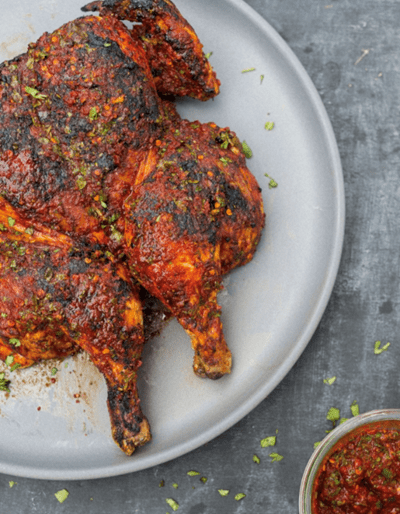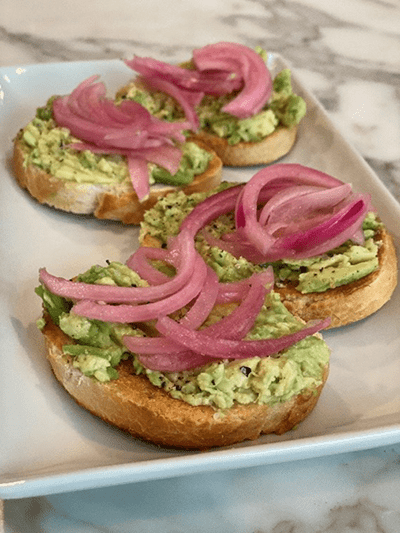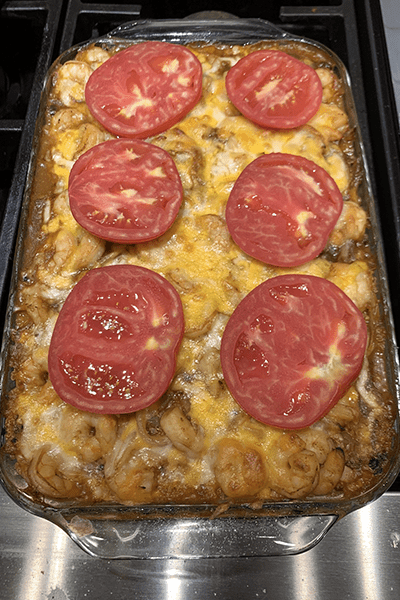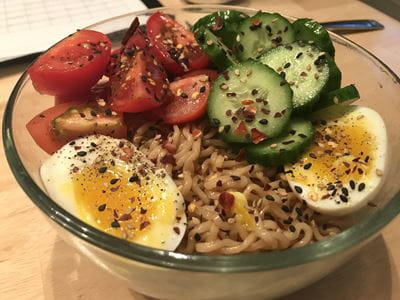Coauthored by Drs. Kari Lemme and Julie Welch
Healthy eating is a key contributor to overall wellness and stamina, especially during times of extreme stress, like we find ourselves during COVID-19. Stress is a natural reaction to challenging situations. Small amounts of stress can be helpful in responding to situations, like meeting work deadlines, avoiding danger, or dealing with a significant life event. But effects of stress can subtly build and result in poor physical and mental health. We might recognize the feelings of stress but often don’t realize it manifests in sleep disruption, anxiety, hormonal imbalances, and sometimes poor eating habits.
Grocery shopping is not as easy as it used to be. While you may get out for an "essential" trip and see what kind of homemade mask your neighbor is sporting, trips to the store may be met with depleted or empty shelves, long lines, and a laborious wipe down process with your new goods once you return home. Consider ordering groceries for home delivery, or curb-side pick up to save yourself time and exposure risk. Healthy food options usually live in the periphery of your grocery store, rather than up and down the aisles of packaged foods. Shop for color. A meal full of a variety of colors (gummy bears don't count) is usually nutritionally rich. An example of a colorful nutritious meal, if you can envision it, may include chicken stir-fry with green beans and carrots, brown rice, and a side of fresh strawberries with a glass of milk. Don't you feel healthier just thinking about it?
How often does dinnertime roll around and you don't know what to make to eat? Last minute efforts to "figure out dinner" can result in snacking though dinner, often times munching on high salt/high fat options that are satiating, but non-nutritious. The scramble for dinner can often be met with quick, unhealthy carry-out food, or fast food.
At IUSM Department of Emergency Medicine, we recognize the stress our front-line healthcare heroes are under as they combat the COVID-19 crisis and look for new ways to support them as they work to keep us safe and healthy. We started a new initiative to collect favorite recipes from members of the department in an “EM COVID-19 Cookbook.” This recipe exchange highlights creative, tasty meals and showcases some of our colleagues’ culinary talents in the kitchen during the pandemic. You may be surprised to learn who not only knows how to cardiovert, but can also cook!
Recipes exchanges can be a fun way to connect with each other. If you make a recipe given to you by a colleague, let them know how you enjoyed it. The cookbook may also help alleviate stress if used for meal planning. Consider planning meals for the next 3-5 days. You can make your grocery list to include all the needed items. Once your shopping is complete, the guesswork is done and you can relax and enjoy what you are going to cook for dinner for the week.
It's important to be mindful of eating habits, as you try to eat healthy, well-balanced meals, drink plenty of water, get your rest, and avoid alcohol and excessive caffeine. Whether it’s a creative recipe that uses ingredients already in the pantry or food substitutions to consider when groceries are out of a key ingredient, we hope the recipes in this blog and in the cookbook will help promote the habit of healthy, mindful eating and also serve to boost morale in such an uncertain and stressful time.
Continue reading to check out healthy recipes submitted to the “EM COVID-19 Cookbook” by Emergency Medicine residents and faculty!
|
From the kitchen of Dr. JT Finnell, Associate Professor of Clinical Emergency Medicine
Piri Piri Chicken
Directions:
|
|
From the kitchen of Dr. Jaclyn Jansen Yi, Emergency Medicine Resident
Pickled Red Onions with Avocado Toast
Directions:
Avocado Toast:
Directions:
Methodist Hospital Hack: Pack your own ripe avocado and pickled onions. Order a side of toast at Au Bon Pain. Create your own avocado toast bar in the ED for a food upgrade on shift. |
|
From the kitchen of Dr. Kari Lemme, Assistant Professor of Clinical Emergency Medicine
Shrimp and Quinoa Enchilada Casserole Ingredients:
Directions:
|
|
From the kitchen of Dr. Alex Ulintz, Emergency Medicine Resident
(Fancy) Ramen
Directions:
|




